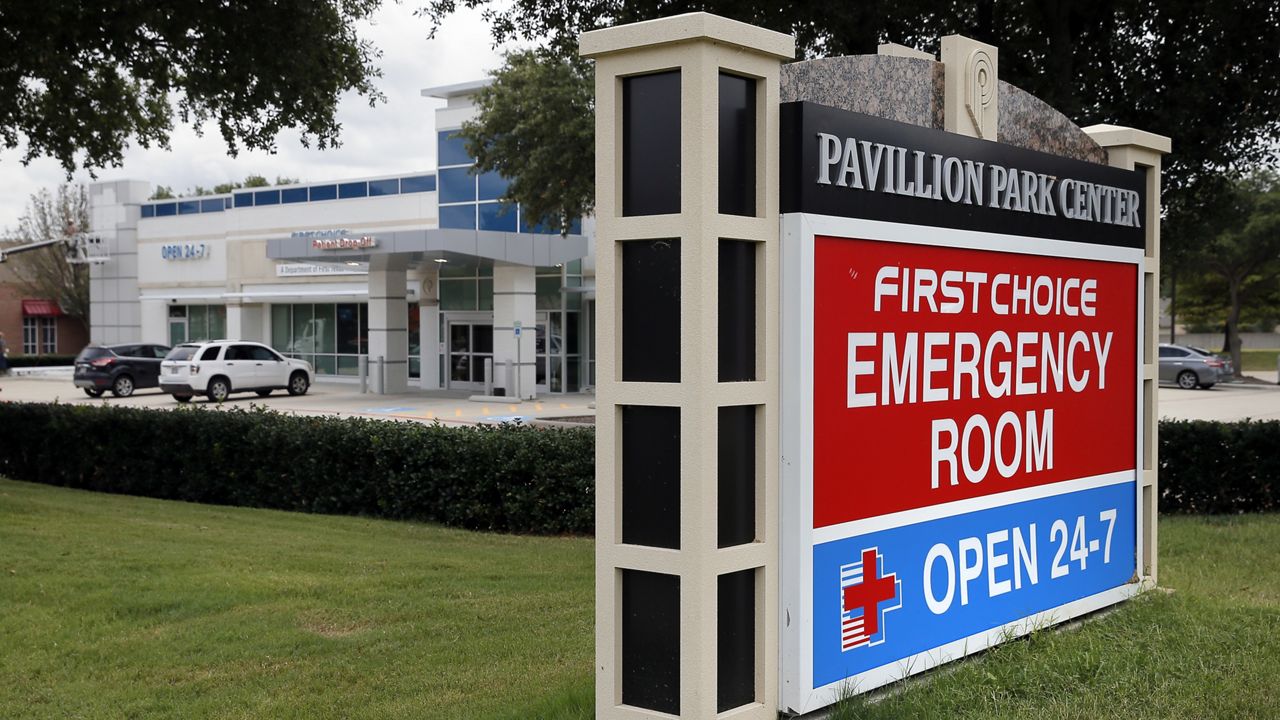The average number of emergency room visits by children and adolescents seeking treatment for mental health issues topped 1 million per year from 2018-21, according to a new study by the Centers for Disease Control and Prevention.
What You Need To Know
- The average number of emergency room visits by children and adolescents seeking treatment for mental health issues topped 1 million per year from 2018-21, according to a new study by the Centers for Disease Control and Prevention
- The research builds on previous studies showing mental health disorders among children and young adults, including suicide attempts and suicides, have been on the rise over the past decade
- Due to the decreasing number of psychiatric care facilities and inaccessibility to outpatient services, many children and adolescents have relied more heavily on emergency departments for immediate mental health services, the authors noted
- About one in five patients were either admitted to the hospital or transferred to a psychiatric facility, and a quarter of patients were given or prescribed at least one psychiatric medication, according to the study
The research builds on previous studies showing mental health disorders among children and young adults, including suicide attempts and suicides, have been on the rise over the past decade.
In 2021, three children’s health organizations jointly declared a national emergency in children’s mental health, which they said were exacerbated by the COVID-19 pandemic.
The CDC study, based on estimates from data collected from a survey of emergency room visitors, found there was an annual average of 1,026,000 visits made by children and adolescents who were diagnosed with mental health disorders over the four-year period, representing 14 visits per 1,000 children and adults.
Due to the decreasing number of psychiatric care facilities and inaccessibility to outpatient services, many children and adolescents have relied more heavily on emergency departments for immediate mental health services, the authors noted.
About one in five patients were either admitted to the hospital or transferred to a psychiatric facility, according to the study. A quarter of patients were given or prescribed at least one psychiatric medication.
Mood disorders (5 visits per 1,000 children), anxiety disorders (4.4 visits), and behavioral and emotional disorders (3.7 visits) were the most common conditions treated. That is consistent with other research showing anxiety, depression, attention-deficit/hyperactivity disorder and behavioral disorders are the most common mental health conditions seen in children and adolescents.
Emergency visits were far higher among adolescents ages 12-17 (30.7 per 1,000) than children younger than 12 (5.3), which differs from non-mental health visits, in which children account for about 1½ times as many visits as adolescents.
The researchers noted there are higher rates of the most common mental health disorders — for example, depression — in adolescents than children.
Girls (16.1 visits per 1,000) were more likely than boys (12.1) to seek treatment in emergency departments for mental health disorders, the study found. Meanwhile, Black children and adolescents (20.8 visits per 1,000) outnumbered other races and ethnicities per capita, followed by White (14.4) and Hispanic (13.2) patients.
The study’s authors wrote that because of concerns that the pandemic might have impacted data, they compared estimates from 2020 to other years. But they said they found no statistically significant differences.



